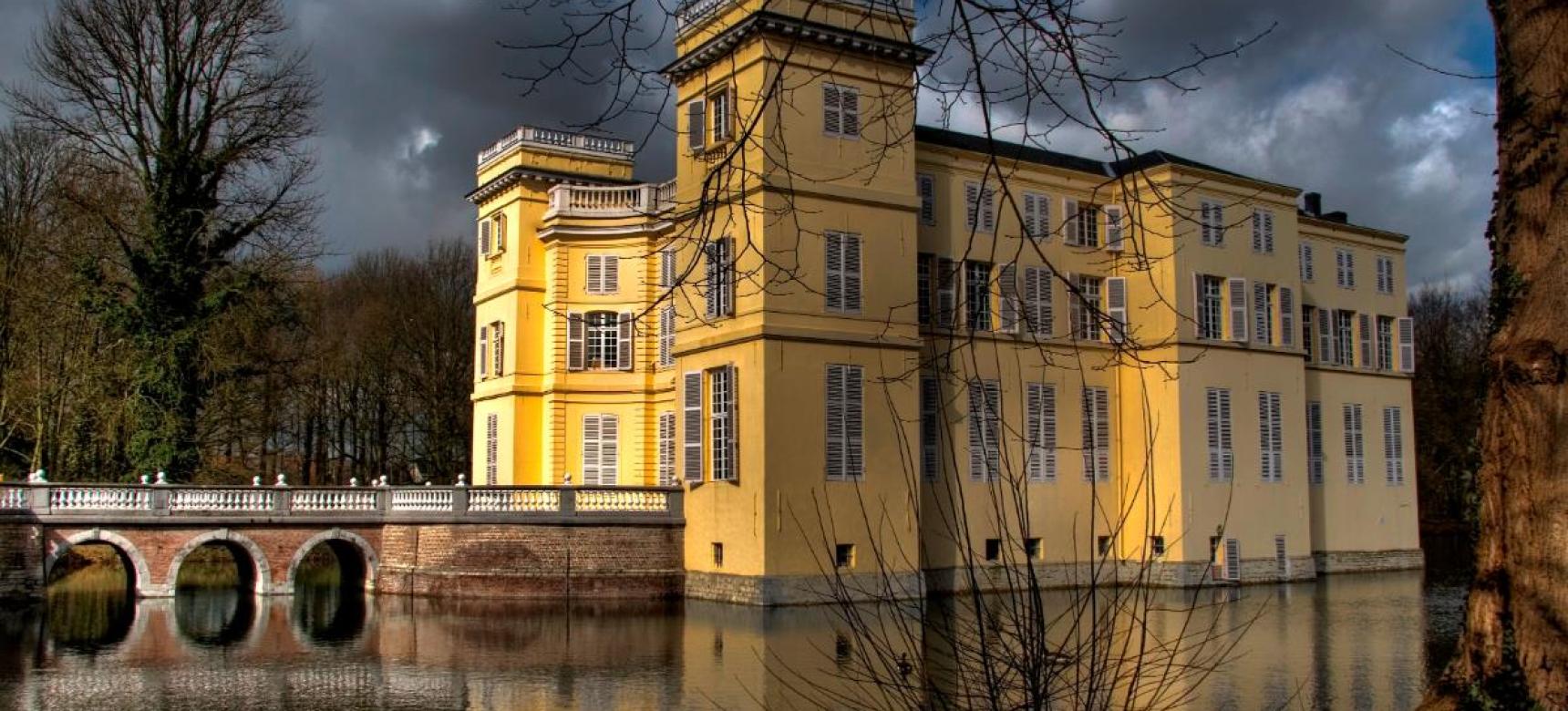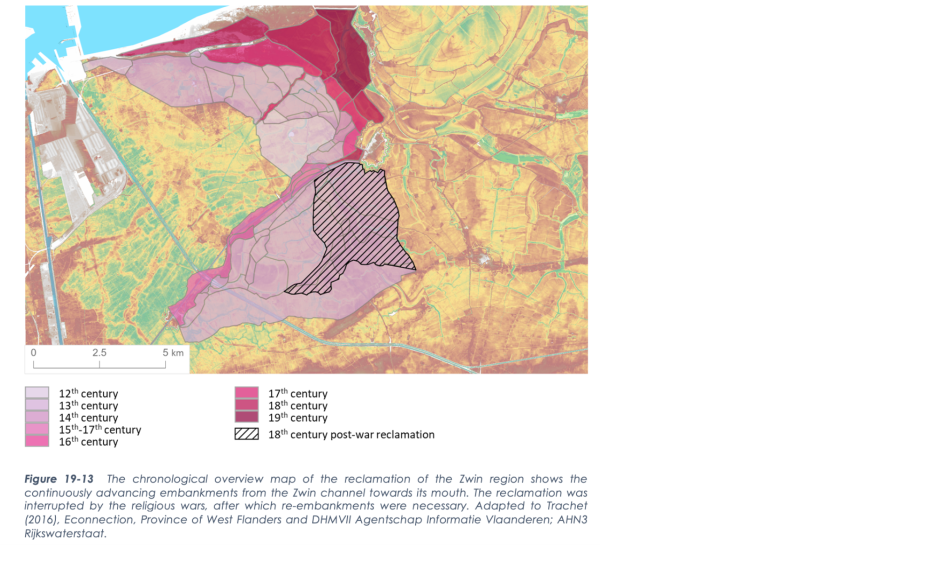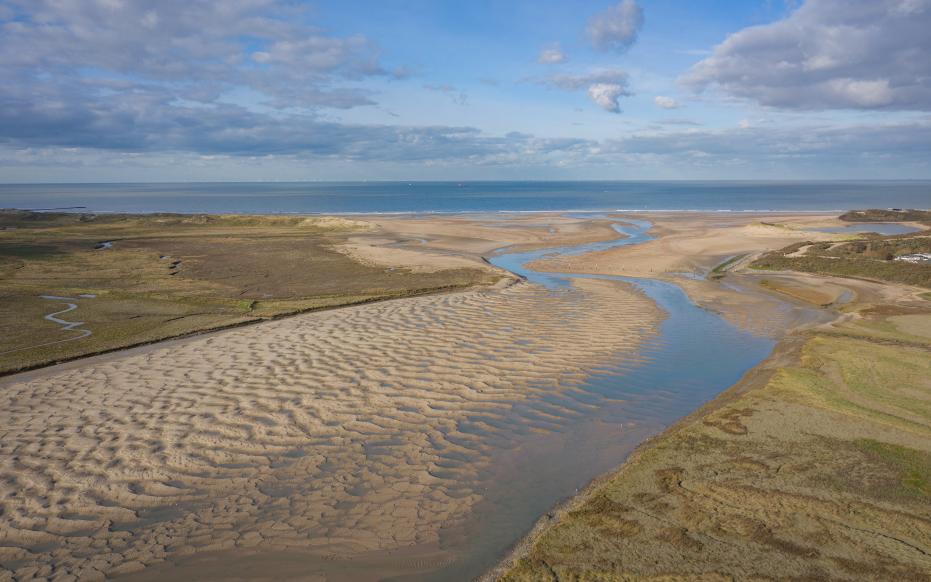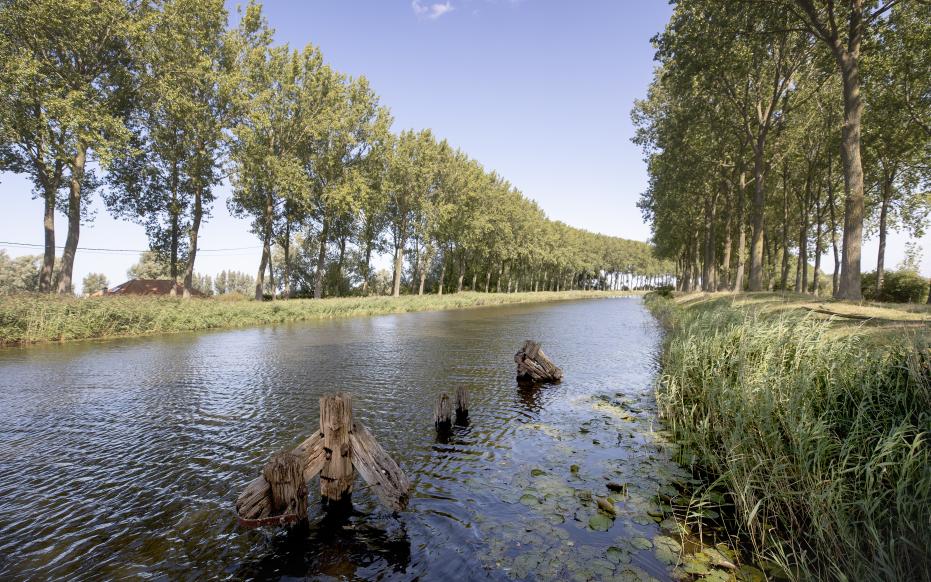In 1134 AD, a strong storm surge scoured an old estuary of the Sincfal again. Thanks in part to the Zwin, Bruges grew into an international port city. The natural silting up of the salt marsh along the Zwin and the later reclamation caused accelerated natural silting up, making it increasingly difficult for ships to reach Bruges. The reduced navigability of the Zwin channel strengthened the development of outer harbors. During the Eighty Years' War Damme was provided with bastions and during the War of the Spanish Succession the fortress of Bavaria was reinforced. The Zwin estuary was always part of the front line. Flooding was also a war tactic. In the 17th and 18th centuries AD, the flooded area was reclaimed in large, rectangular plots with rectilinear dikes, suitable for more intensive agriculture. The Damse vaart was partly built on the old bed of the Zwin on which the Leopold Canal was laid transversely. The current plot shapes, from jagged to rectilinear, reflect the reclamation history of the time.




